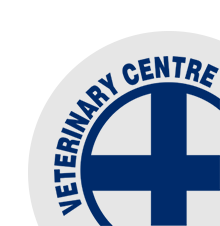The First Month of Lactation - Minimising Ketosis
/A good start to a cow’s season requires careful management through the springer and colostrum period to ensure that she maintains a high dry matter intake. Initial focus should be placed on prevention of metabolic disease, optimising immune function, adequate feed allocation and manipulating cow behaviour.
However, the first month of lactation beyond the colostrum mob is still very critical. Most cows will spend this period in negative energy balance – i.e. more energy is leaving their system than coming in and therefore they will lose body condition. This is why providing consistently high feed quality is imperative. We are already seeing many farms that are struggling to manage very high pre-graze covers due to good growth rates through the winter. These are impacting voluntary intakes and may have lower ME. Cows in significant negative energy balance may develop clinical or sub-clinical ketosis. Ketones are a by-product of inefficient fat break down and have a side effect of further appetite suppression.
Cows which are well fed/have a good appetite in the first month of lactation will lose less weight and have better mating performance. Try some of the following:
Optimal pre-graze covers of 3,000 to 3,400 kgDM/ha in the first round will ensure good quality and easy harvest for the cow. You still need to maintain a residual at 1,550-1,600kgDM/ha to ensure quality in subsequent rounds.
Aim to get your milking cows eating 4% of body weight in dry matter ASAP.
Know what your daily cow requirement is and calculate your allocation every day - where feed deficits exist on any given day fill it with appropriate supplement.
Use monensin (Rumenox/Rumensin TT), to increase feed conversion efficiency, by driving Proprionate production. Clinical trials show boost in milk protein production and far less BCS loss. Use strategically from calving up until end of
mating.Internal parasites – the biggest impact these have is on appetite suppression. Almost all farms will have high levels of over wintered larvae this year. Aim to drench your herd by early/mid September.
Vitamin B12 – is a requirement for energy extraction. Deficient cows will lose appetite. We see B12 levels drop at the same time as spring grass goes lush. This is partly due to rapid transit times through the gut impeding B12 absorption. A good rule of thumb is when faeces starts
becoming loose look to give Vit B12.




